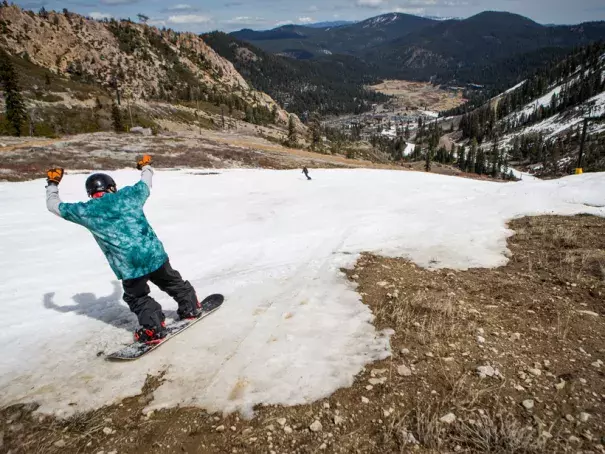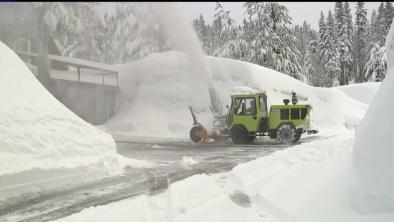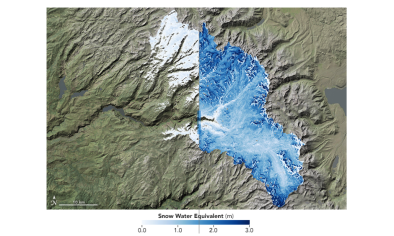Defining Snow Drought and Why It Matters

The situation at Oroville Dam highlights difficulties that many reservoir managers face in managing flood risks while simultaneously storing water to mitigate severe droughts and smaller snowpacks. Central to this difficulty is the idea of “snow drought,” a term that’s gaining traction in both scientific and lay literature.
Snow drought refers to the combination of general drought and reduced snow storage. However, among references to snow drought, we observe conditions that reflect
- a lack of winter precipitation or
- a lack of snow accumulation during near-normal winter precipitation
We propose a new classification to differentiate “dry snow drought” from “warm snow drought.”
These two uses of snow drought have different scientific underpinnings and different implications for water supply forecasting and management. To clarify future uses of this terminology, we propose a new classification to differentiate “dry snow drought” due to lack of precipitation from “warm snow drought,” where temperatures prevent precipitation from accumulating on the landscape as a snowpack.
Related Content






